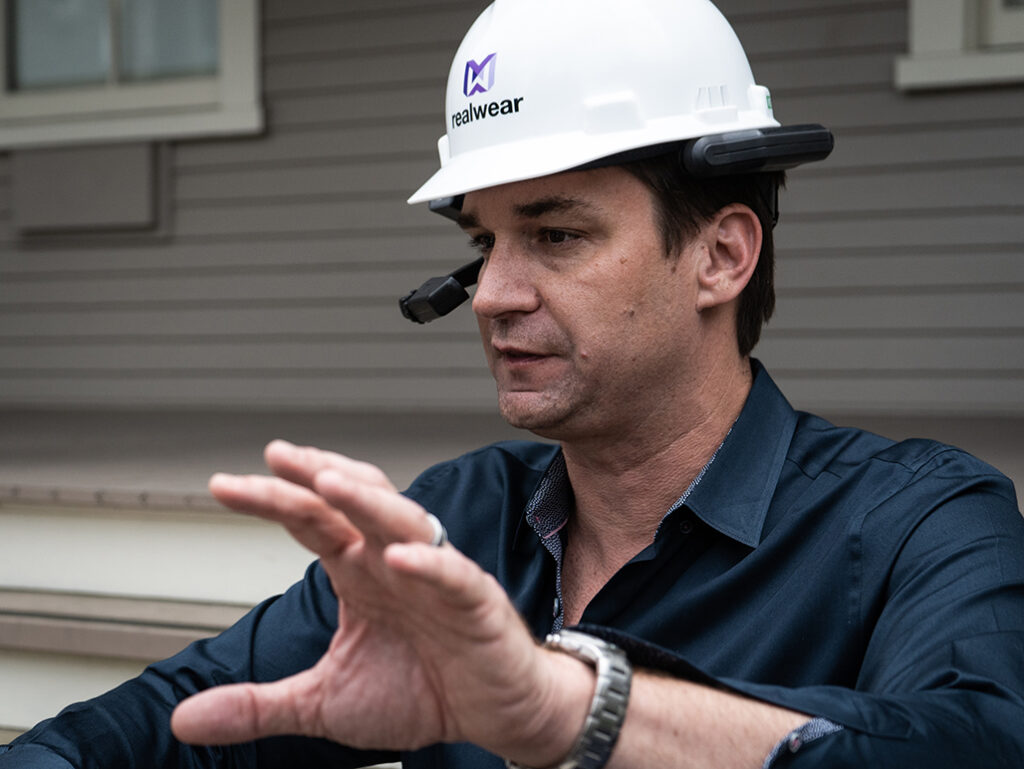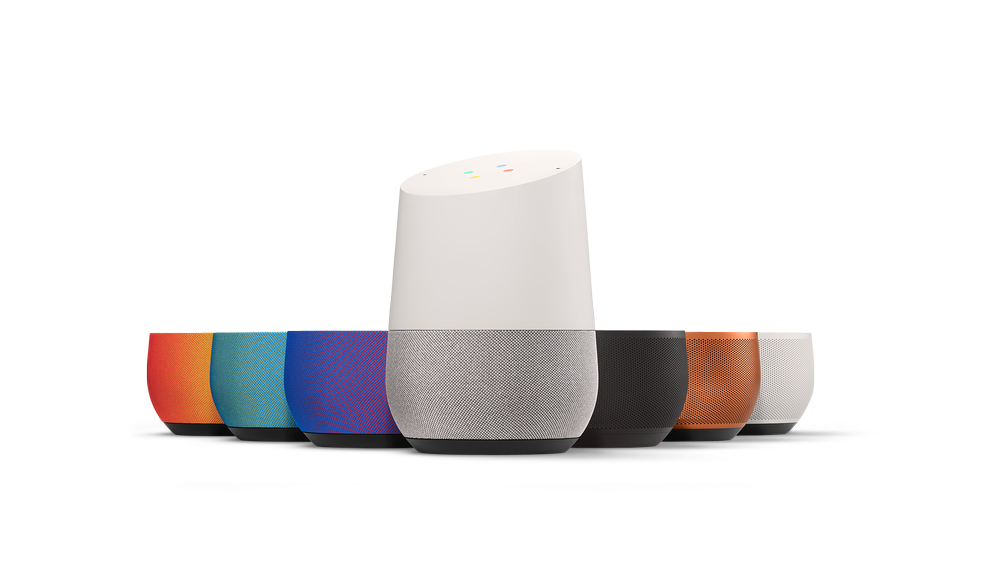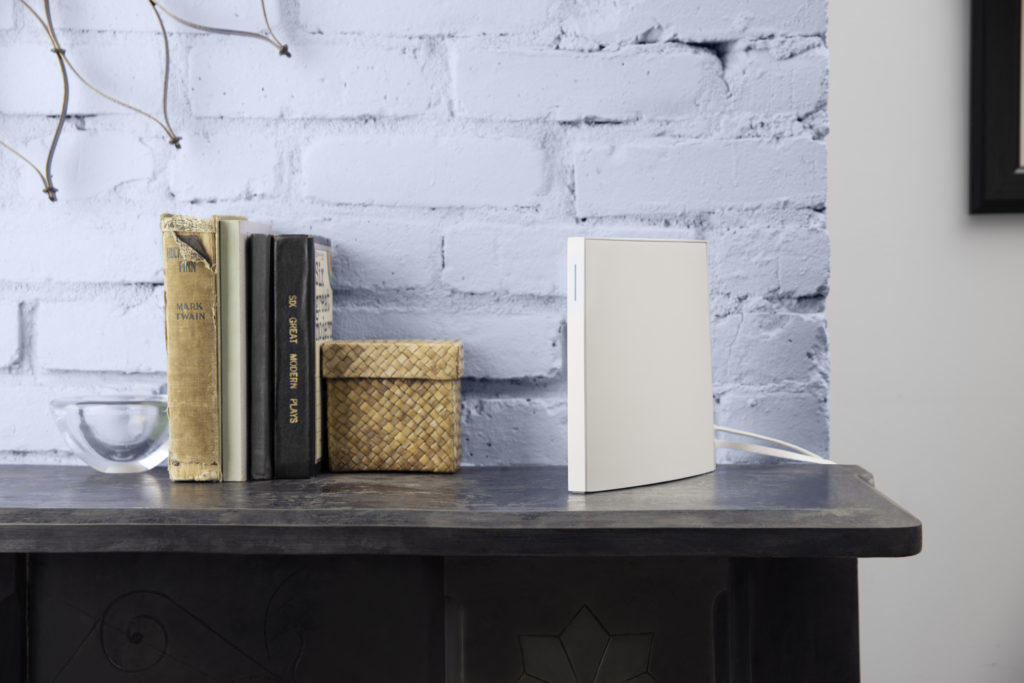This week Kevin and I read and discuss the letter from Amazon responding to inquiries about how it keeps and handles data. We go in-depth because it’s important to discuss the tradeoff between services and privacy. We also discuss a company leaking smart home data, the FTC settlement with D-Link and a smart home hub for apartments that can be hacked. After the bad news, we move to analyze HPE’s goal of selling everything as a service by 2022 and Kevin’s experience trying out Olisto, an IFTTT-like service. There are few news bits to cover, and then we answer a listener question about how to set up Amazon or Google accounts when two people with their own accounts move into the same house.

Our guest this week is Andy Lowery, the CEO of RealWear, a company that makes a head-mounted display for industrial workers. The company raised $80 million this week, so I ask about Lowery’s plans for that kind of capital. I also want to know why people were using head-mounted displays, and how RealWear’s products are different from something like Google Glass or Microsoft’s HoloLens. We also talk about the shift in industrial work that will come about thanks to real-time collaboration in the field over remote connections, and what it means for workers. Enjoy.
Hosts: Stacey Higginbotham and Kevin Tofel
Guest: Andy Lowery, the CEO of RealWear
Sponsors: Dell Technologies and Afero
- Privacy is nuanced, and that’s what makes it hard to talk about
- HPE wants to make all of its products a service by 2022
- Philips Hue’s Bluetooth bulbs make Kevin happy
- $80 million can buy a lot of R&D
- Are you ready for the centaur workforce?
Podcast: Play in new window | Download | Embed
Subscribe: RSS



